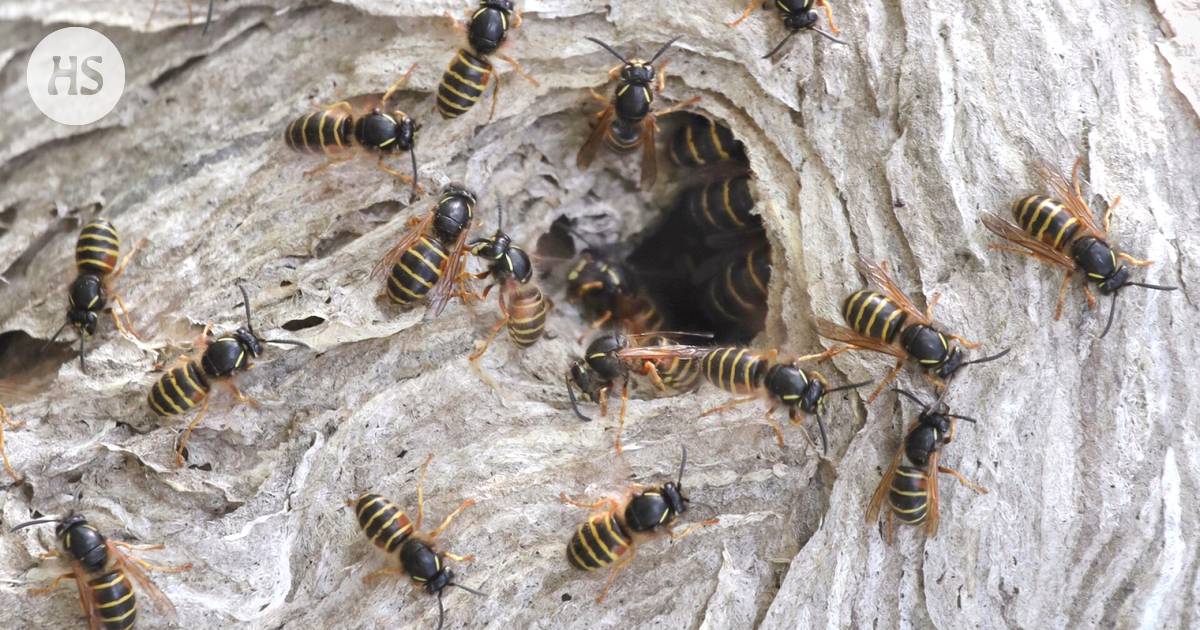Dealing with wasp nests in nature can be a challenge, and timing is crucial when deciding to destroy them. Wasps can continue to inhabit old nest sites even after they have been removed, making it important to act quickly. Late spring and early summer are the times when wasp queens are actively seeking a place to nest, so it’s best to address any issues before they become too large.
Preventing wasps from building nests in undesirable locations can be difficult, as they can choose to nest anywhere. According to Atte Komonen, a university lecturer in ecology at the University of Jyväskylä who studies wasps, the exact basis on which wasps choose their nest locations is not entirely clear. While they generally seek sheltered places like attics, birdhouses or hollow trees, man-made interventions such as fake nests have not shown to be effective.
The best way to address a wasp nest issue is to destroy it before it grows too large. At this stage, only the queen is present in the nest, making it easier and safer to remove. Later on, workers start accumulating in the nest and increase its size significantly, making professional pest control necessary for safe removal.
While destroying a nest may seem like a quick solution, it may not always be the best option. It’s important to consider the risks involved, especially for allergic individuals or when dealing with larger nests. Wasps also play a vital role in the ecosystem by consuming pests and providing benefits for humans in certain contexts. As summer progresses and wasps become more aggressive in search of food, it’s crucial to take precautions such as not leaving exposed food or leftovers that may attract them. Being mindful of their behavior and taking appropriate steps can help maintain a harmonious coexistence with these creatures in nature.



